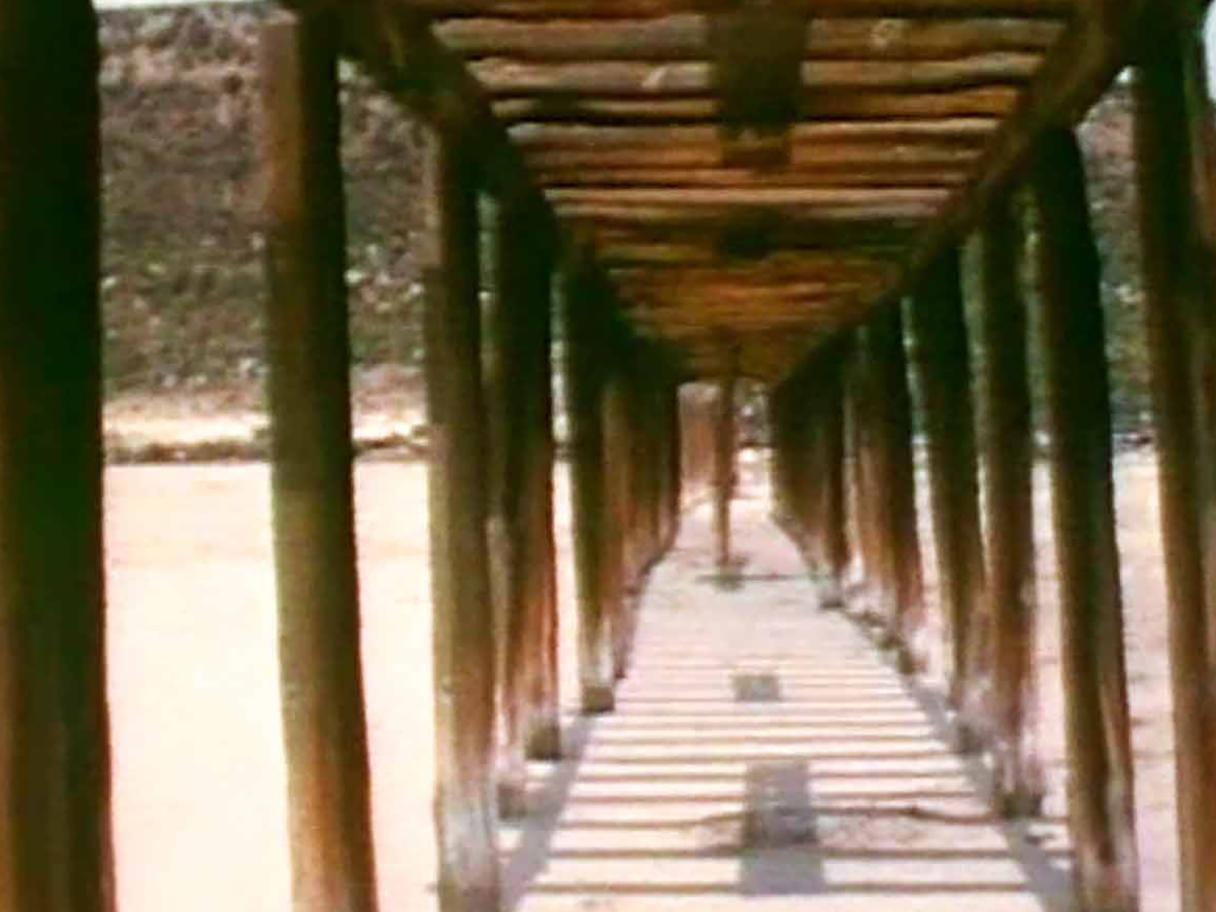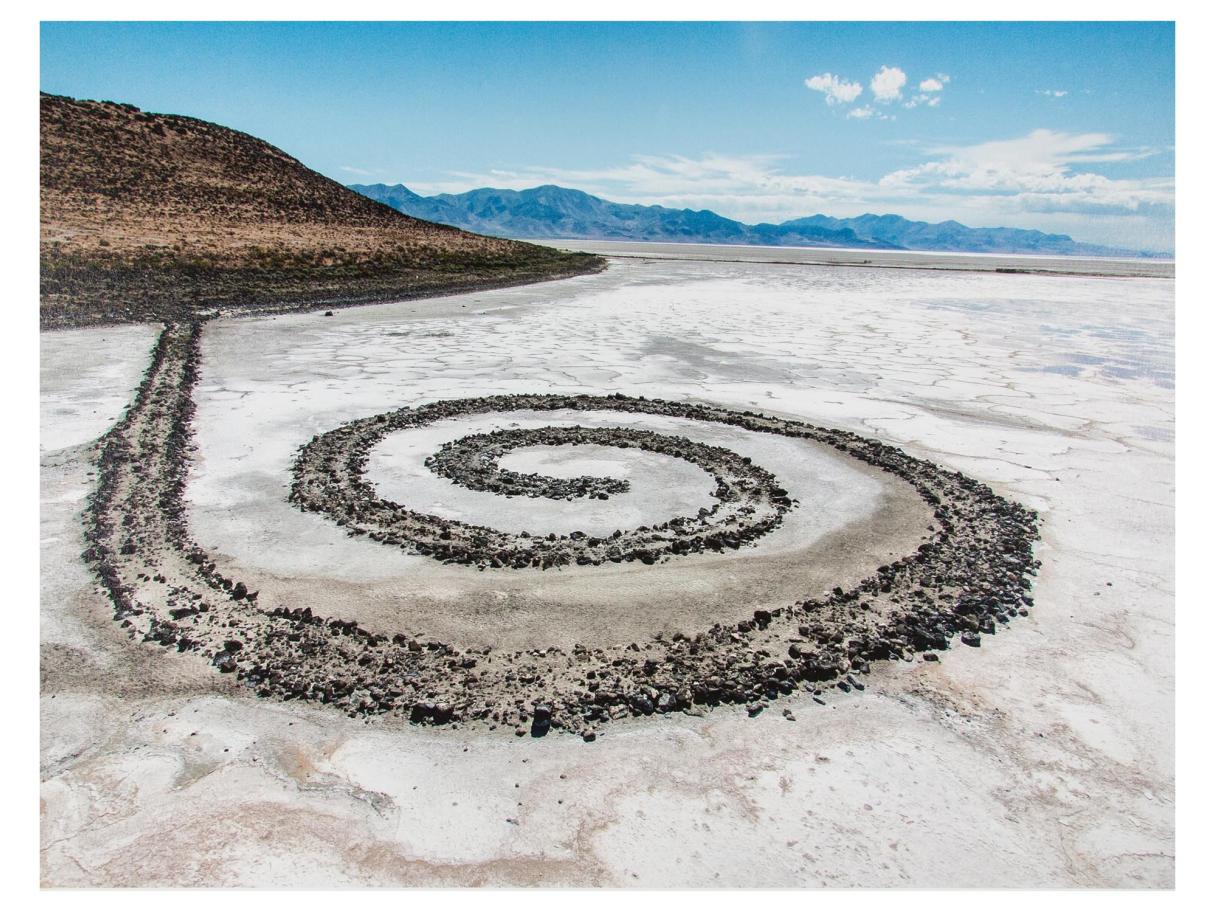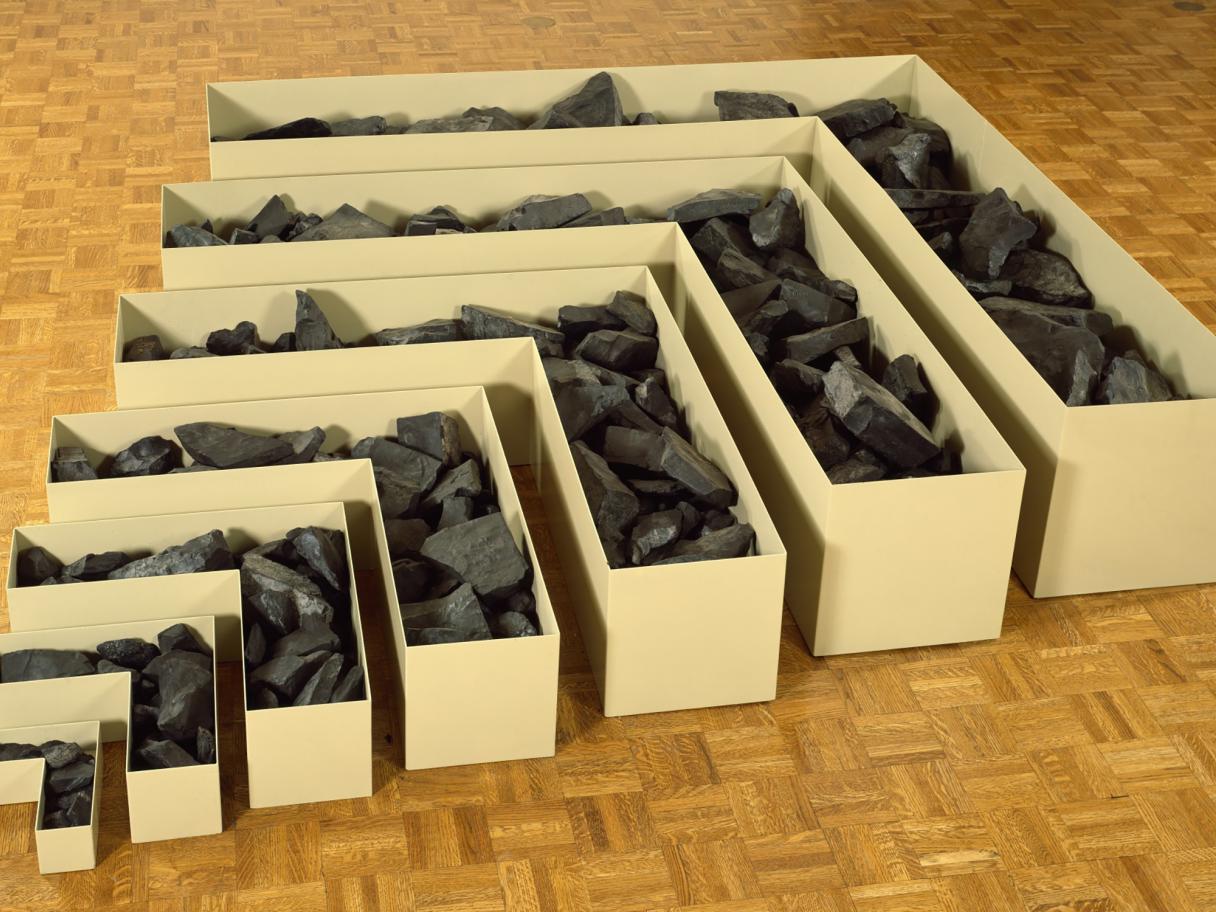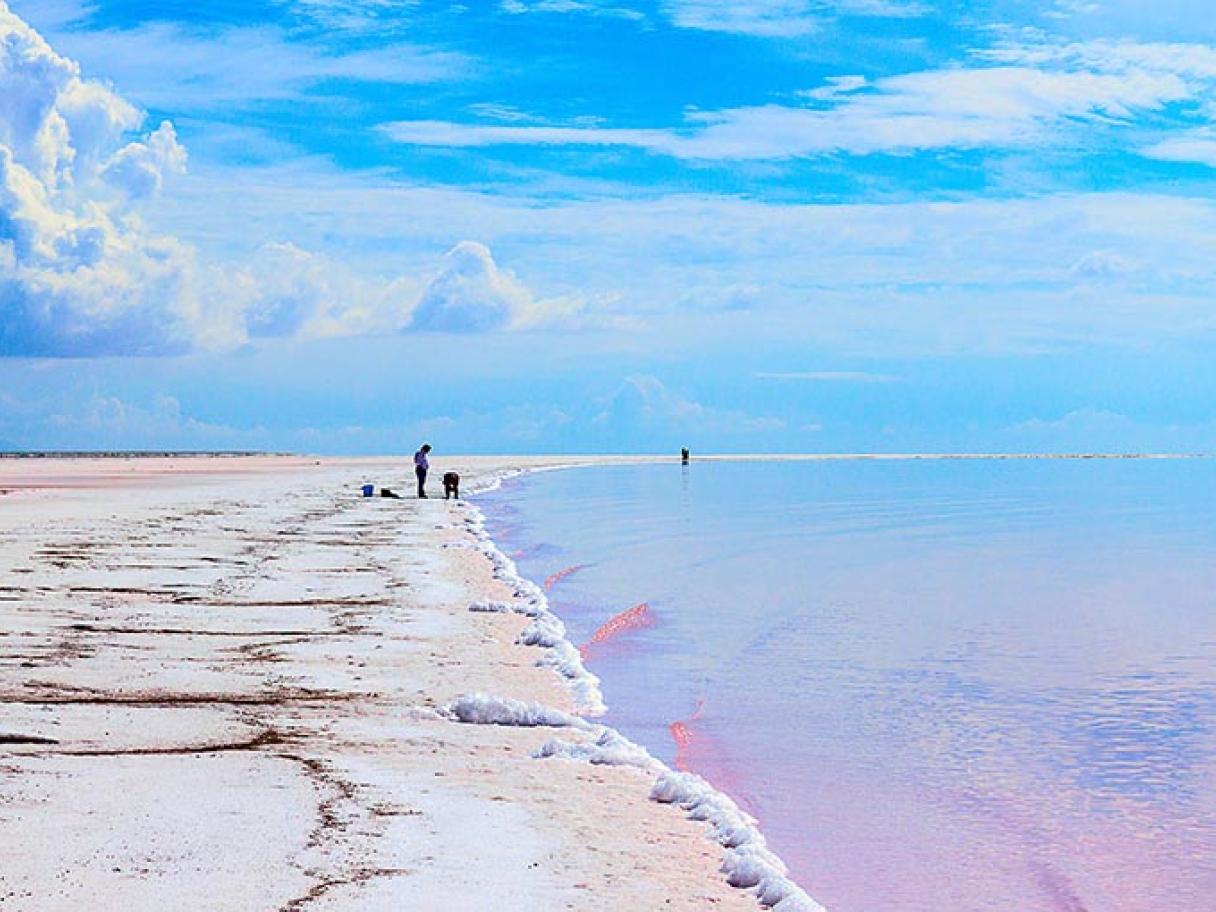This year marks the fiftieth anniversary of Robert Smithson’s monumental earthwork Spiral Jetty (1970), located off Rozel Point in the north arm of Great Salt Lake. The UMFA is presenting artworks including never-before-exhibited film, photographs from our permanent collection, and sculpture. Related public programs will run throughout the year that explore the origins and impact of this monumental work.
On the occasion of Spiral Jetty's fiftieth year, the Utah Museum of Fine Arts invited four brilliant Utahns to share their perspectives. Read the series here.
Spiral Jetty is a masterpiece of late twentieth-century art that draws visitors from around the world. Because it is uniquely positioned within Utah’s landscape, it has a particularly rich relationship with our community. Over the past fifty years, Utahns have been deeply entwined with this work. Not only does the earthwork gain meaning and significance with each of our intimate experiences with it, but our state’s land and water use policies deeply affect its changing environmental context. What do the past fifty years of Spiral Jetty tell us about ourselves? About our planet? How will this earthwork, and our relationship with it, change over the next fifty years?
Who Owns Spiral Jetty?
Dia Art Foundation is the owner of Robert Smithson’s Spiral Jetty (1970) and leases the lake bed where Spiral Jetty is located from the State of Utah Division of Forestry, Fire and State Lands.
The Utah Museum of Fine Arts works in collaboration with Dia, Holt/Smithson Foundation, and Great Salt Lake Institute at Westminster College to preserve, maintain, and advocate for this masterpiece of late twentieth-century art and acclaimed Utah landmark.
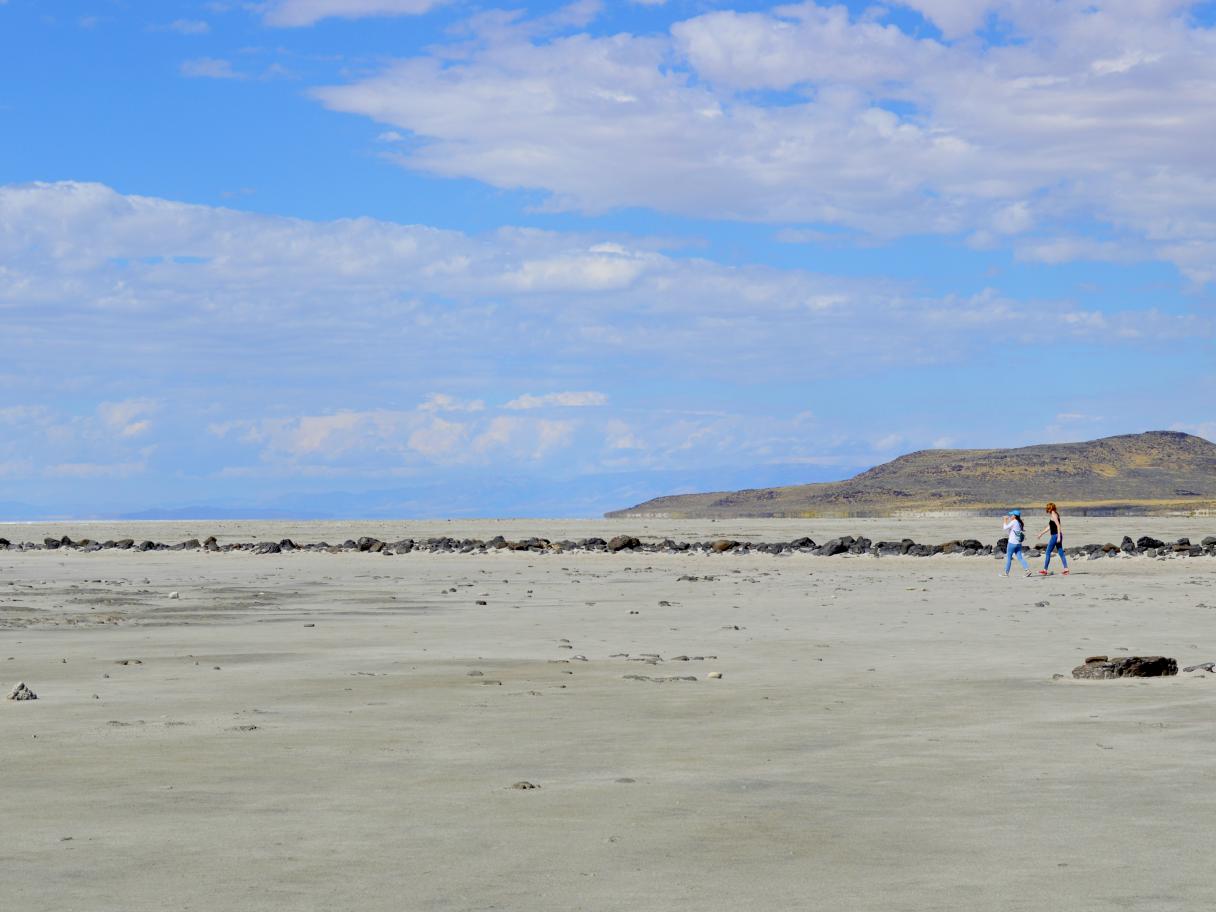
In celebration of this anniversary, the UMFA is collecting stories about your adventures to Spiral Jetty. If you have a story, a photo, or even a home movie from a visit to this important work of Land art, please share it with the UMFA through the form here or on social media using the hashtag #myspiraljettystory.

